When crafting a pot, the artisan's temperament, disposition, touch, and mental state are fully integrated into the pot. Even if the same artisan makes several pots of the same style at the same time, there will be subtle differences due to variations in their touch, state of mind, and condition at different times.
— Grandmaster Gu Jingzhou
The aesthetic appreciation of purple clay pots is a unique artistic quality that stands apart from Western standards, pursuing a distinctive elegance of spirit, qi, and form. This is consistent with Chinese literature, calligraphy, music, and drama, sharing a common origin and a coherent spirit.
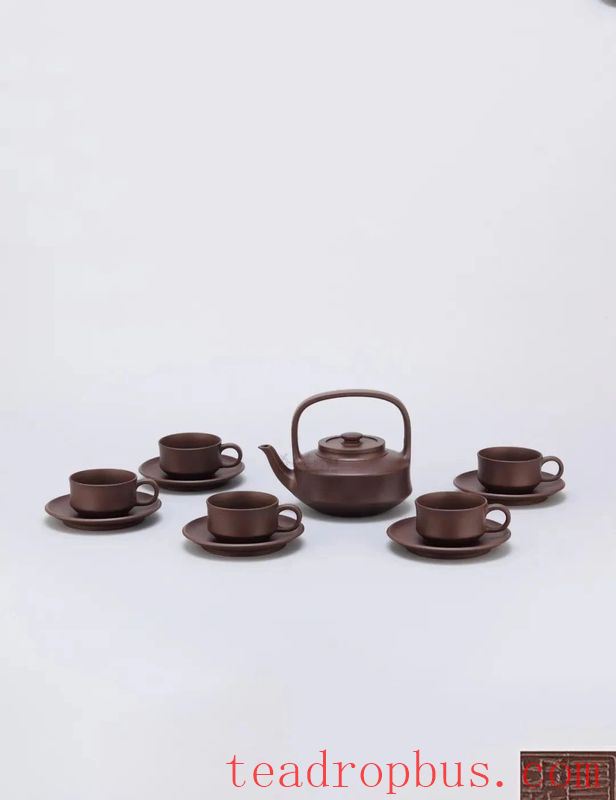
▲Gu Jingzhou's “Eleven-Piece Ti Bi Tea Set”
We often hear questions from pot enthusiasts: why do some purple clay pots sell for only a few hundred yuan, while others cost thousands or even hundreds of thousands? What is the difference between a 600 yuan pot and a 60,000 yuan pot?
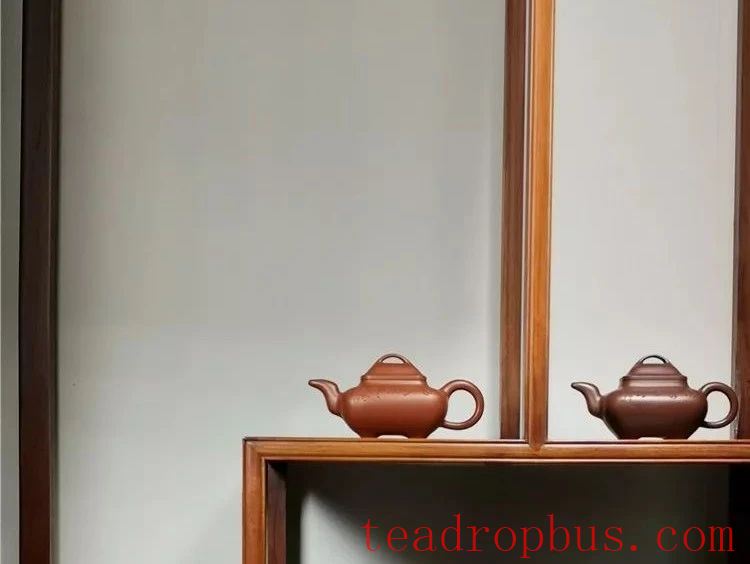
Firstly, the clay used may differ. There is a significant price difference between different types of clay. For example, ordinary purple clay and high-quality Dicang Qing can vary in price by dozens of times.
The prices of ordinary Zhuni and Dahongpao also differ greatly. The quality of the clay determines the patina and water color of the pot over time. Of course, not much clay is needed for one pot, so the type of clay is a basic factor affecting the price.
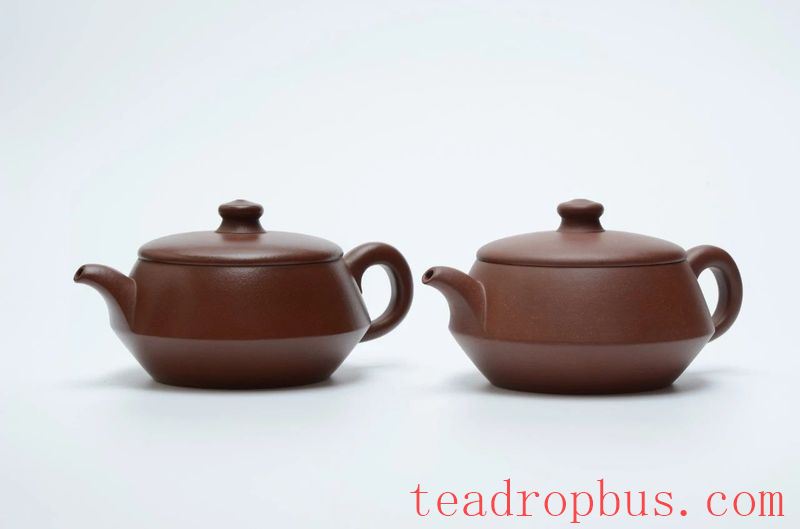
Secondly, the craftsmanship varies. Handcrafted pots and non-handcrafted pots have significant price differences. Non-handcrafted pots are faster to produce and thus cheaper; handcrafted pots take longer and are therefore more expensive.
From the perspective of craftsmanship, whether a pot is handcrafted is another factor influencing its price.
Thirdly, the maker differs. A pot made by an ordinary potter and one made by a master will have a noticeable price difference. Pots made by ordinary potters are suitable for daily use, while those made by masters have strong collection value and are naturally more expensive.
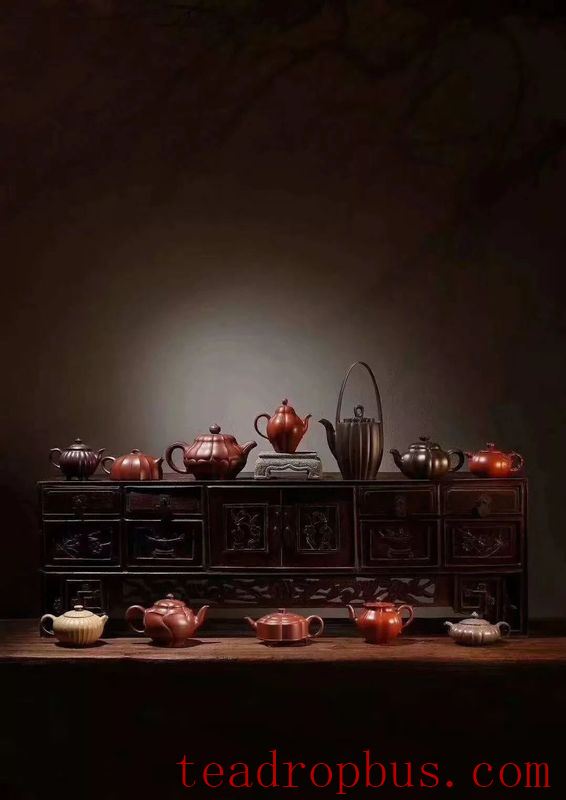
Currently, there is a group of capable middle-aged and young potters in Yixing whose skills exceed those of ordinary potters and who are on track to become future masters. Pots made by these artisans have great potential for appreciation and are relatively more expensive.
Fourthly, the detail work differs. When a good pot and an ordinary pot are placed side by side, the difference is clear, largely due to the details. For example, the fullness of lines, the cleanliness of wall scraping, and the harmony between lid and body – these details determine the appearance and usability of the entire pot.
The attention to detail also has a certain impact on the pot's price. Pots with meticulous detail work will naturally be more expensive than those without such attention to detail.
Finally, there is the artisan's dedication. A good pot incorporates the artisan's insights into life and the world. For example, Gu Jingzhou, after thoroughly appreciating the small bridges and flowing waters of Jiangnan, created the “Shangxin Bridge” style.
Artisans with dedication improve and refine existing styles or combine the best elements from various sources.
How much should you spend on a pot? With a wide variety of purple clay pots available at different price points, what is the general pricing standard when purchasing a purple clay pot?
If we categorize purple clay pots by price, they can generally be divided into three categories: basic functional pots, appreciation and play items, and investment collectibles. These categories have different attributes and prices.
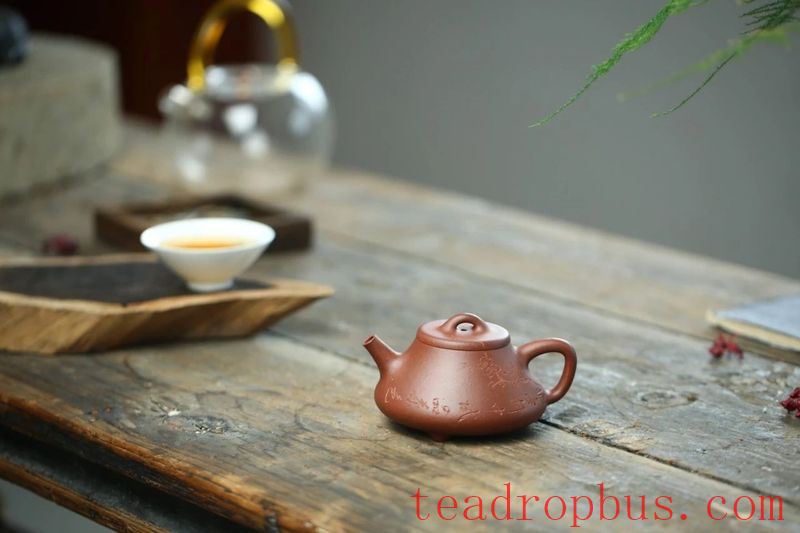
Basic functional pots are a choice for tea lovers or as an entry-level pot for purple clay enthusiasts. These pots are mostly made by potters with general titles, have a certain level of skill, and can well represent the characteristics of purple clay, satisfying daily drinking needs. They are typically traditional shapes with good aesthetic and viewing value and are handcrafted. Price: ranging from a few hundred to a thousand yuan.
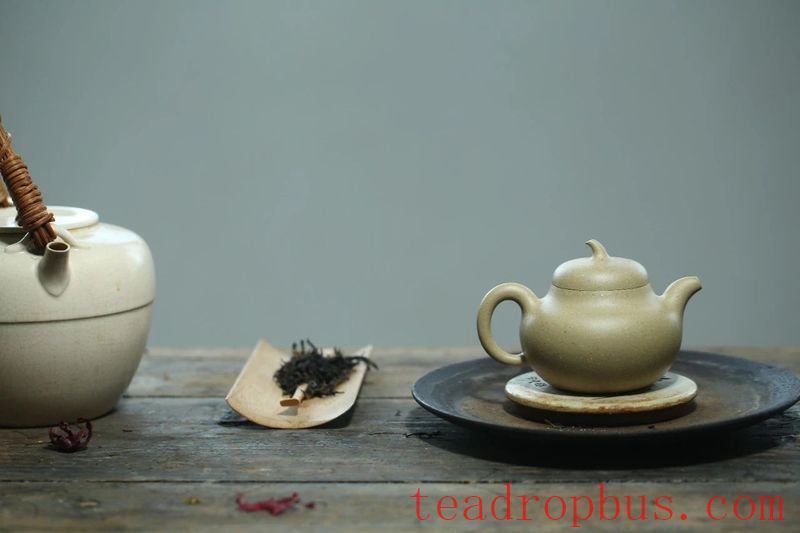
Appreciation and play items: playing with a pot is like climbing a mountain. As one becomes more fond of purple clay, their standards and tastes rise, and their appreciation of purple clay improves, leading to a demand for higher-quality works. Some enthusiasts and tea drinkers choose works based on the potential of the creator for investment, collection, and enjoyment.
These are mostly works by craftsmen with a certain reputation, where shape, craftsmanship, and material are all excellent. They possess both the inherent properties of functional pots and artistic value, reflecting the personality and style of the creator with a high level of craftsmanship. Most of these are fully handmade, each unique. Price: ranging from a few thousand to tens of thousands of yuan.
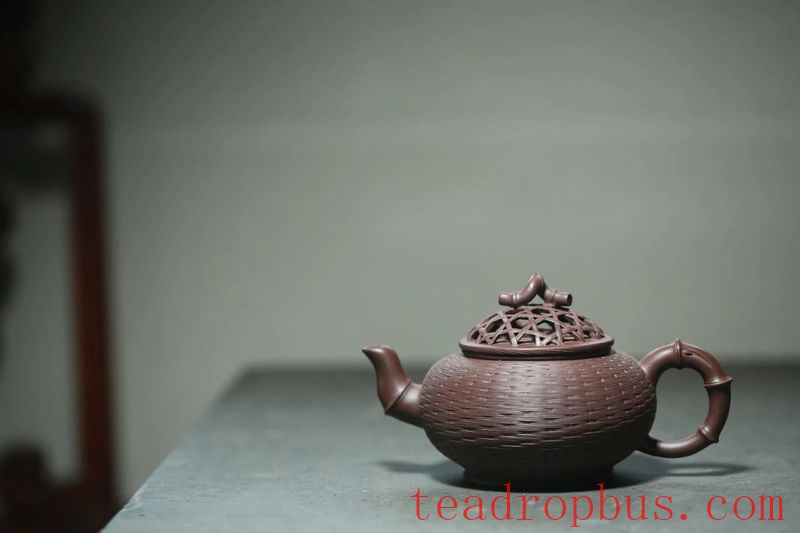
Investment collectibles: purple clay also benefits from the fame of its creators. Contemporary masters or works passed down from previous generations are already considered art collections, possessing artistic, historical, and cultural value beyond just the craftsmanship of a vessel.
Purple clay masterpieces are quite popular in the investment and collection market, making their prices very high.
Note: The above discussion covers general price ranges. In this era of market talk, there is still some elasticity in prices, making discernment very important. One must have their own appreciation of the work, being able to discern differences in quality.
This ability cannot be achieved without long-term learning and hands-on research. Regardless, when buying a pot, one should act within their means and choose a purple clay pot according to their own strength and needs!
If there are any copyright issues, please contact us to remove them.